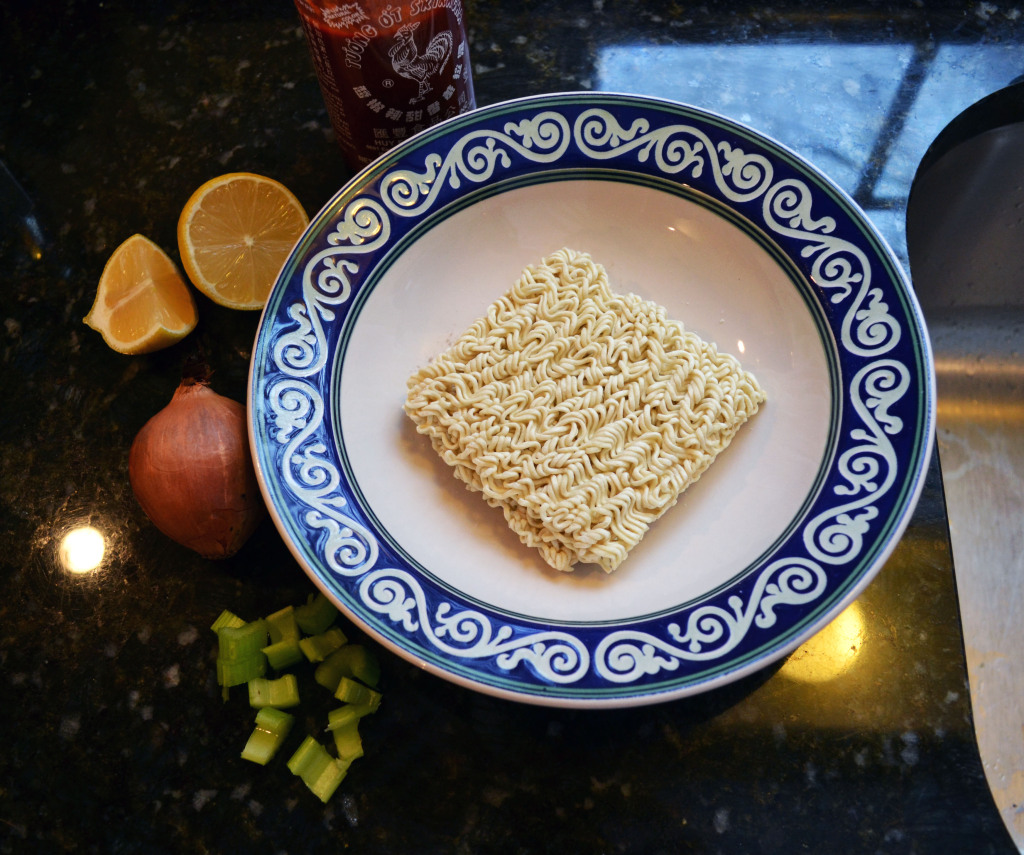1. Stock up your pantry and plan ahead
The pantry is the frugal, budget-grounded chef’s best friend; it can save you countless trips to the grocery store when well-stocked and planned out and the extra dollar (or 10) when it’s time for dinner. Load up on the basics—flour, sugar, soups, bread, pasta, spices etc.—and when you need to whip something up, all your staples will be right there waiting for you. A pantry or food stash can be stocked up prior to move-in day or before a drop-off to school after a weekend at home. By doing this, your parents can help you out with some costs.
Check out why Spoon University says it is possible to survive without a meal plan.
2. Buy in bulk and split cost
Stores like Costco and BJs are practically made for saving money—and you can search online before stopping in. You have to spend more money upfront, but it’ll last you longer and you’re actually playing less per unit. Your entire family could benefit from a membership if you don’t already have one.
Buying things like meats, snack foods and kitchen supplies in bulk go hand in hand with adequately stocking the pantry. If you don’t feel comfortable spending that money from the start or don’t think you’ll finish all that food, consider splitting costs with a roommate. Someone living in the same space as you is probably going to end up on more-or-less the same eating schedule and it’s more cost-effective and manageable to split the price in half for anything you might be interested in sharing.
3. Master the Basics
Cooking is one part having the right ingredients and the other part knowing what to do with them. You don’t have to be on par with a Food Network chef to keep yourself alive. This also doesn’t mean you should be making rookie mistakes. Use sites like Pinterest or Spoon University’s recipe page, even apps like “Yum” or “Food Network in the Kitchen” will be useful. All of these resources are free. Not to mention, Spoon University has already laid out foods you absolutely need to know how to make in college.
On sites like Pinterest, you can search based on the ingredients you have and preview the recipe to see if will be manageable for you. You’ll find yourself leaning towards certain recipes, so you can pin them, establish your basics, and alter them by adding/subtracting ingredients based on what produce is in season or what you’re in the mood for that day. As for the skill of cooking, the age old saying applies here “practice makes perfect.”
I’m going to be honest with you, whatever you make probably won’t look like the Pinterest picture and you might burn it the first time. Pictured below is a college essential, Ramen!

Photo by Grace Angus

Photo by Grace Angus — The finished product!
4. Swap Out Ingredients
Ever make a recipe but not want to buy a whole big container of something you’re never going to finish? Or worse, start a recipe only to realize you don’t have an ingredient on hand? Wanna change up your frozen pizza? Easy. There are tons of simple substitutions out there that’ll help you out. For instance, you can make your own buttermilk using just regular milk and lemon or create your own pumpkin pie spice by combining just a few spices from your cabinet. These little tips and tricks will save you time and money. Pictured below are condiments that are a great way to spice up a plain old recipe.

Photo by Grace Angus

